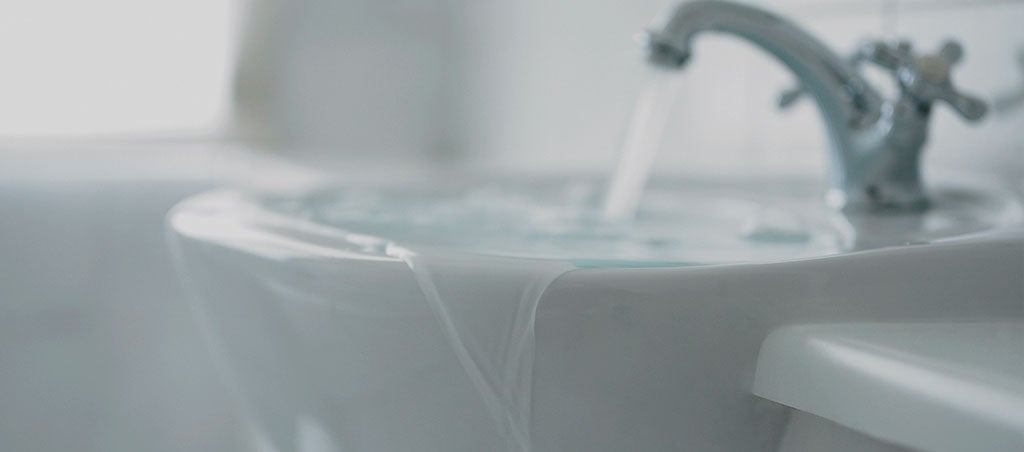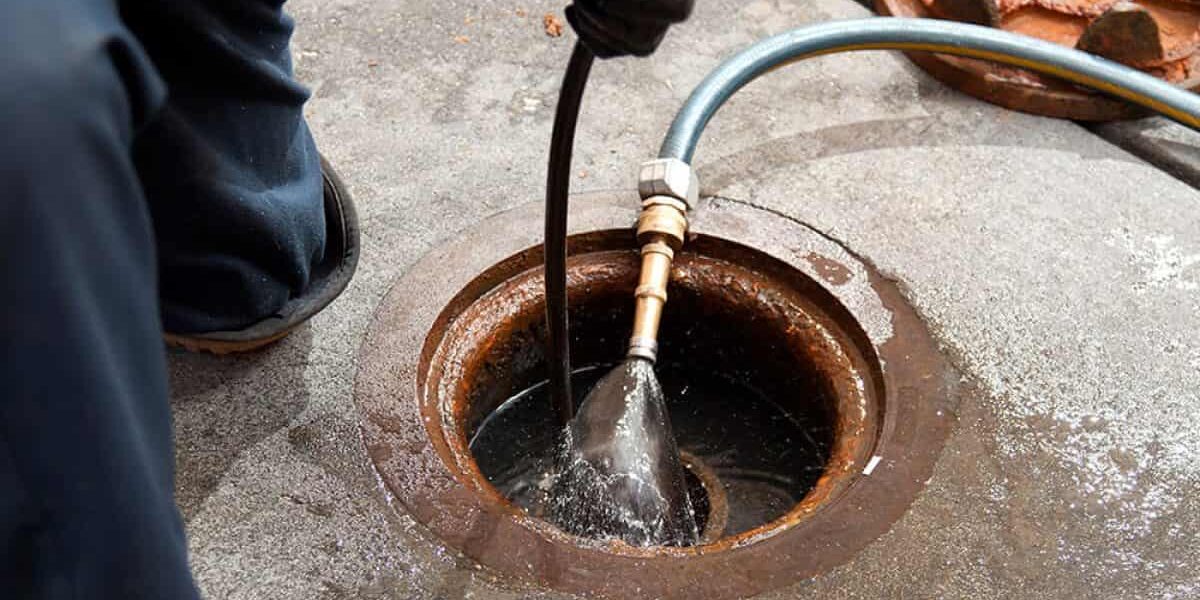This article underneath involving Tips for Dealing with Clogged Drains and Sewer Lines is without a doubt entertaining. Check it out yourself and see what you think of it.

Introduction
Dealing with an obstructed drainpipe can be an irritating experience, disrupting everyday activities and potentially creating damages to your building. Nevertheless, prior to reaching out to pipes experts, there are steps you can require to deal with the issue on your own. In this guide, we'll check out do it yourself solutions and safety nets to tackle an obstructed drainpipe efficiently.
Recognizing the Issue
The very first step in dealing with an obstructed drainpipe is acknowledging the indicators. Sluggish drainage, gurgling sounds, foul odors rising from drains, or water backing up are common indications of a blocked drain. Recognizing these indicators early can aid stop additionally issues.
Selecting the Right Pipes Solution
When choosing a pipes solution, think about variables such as experience, licensing, and consumer evaluations. Pick a trustworthy plumbing technician with a record of top quality craftsmanship and clear prices methods.
Expense Considerations
The cost of professional drainpipe cleaning company can vary relying on the extent of the obstruction and the plumber's prices. Request quotes from several service providers and ask about any service charges to make sure transparency and prevent shocks.
Safety Precautions
When trying do it yourself drain cleaning, focus on safety. Use protective handwear covers and eyeglasses to avoid contact with unsafe chemicals or microorganisms. Never ever mix various drain cleansing products, as this can produce hazardous fumes.
Situation Studies
Real-life examples show the effectiveness of do it yourself remedies and the significance of timely expert treatment in resolving drainpipe clogs.
Usual Root Causes Of Blocked Drains
Recognizing the aspects that contribute to drain clogs is important for effective resolution. Typical offenders consist of hair, soap scum, oil, food particles, and international objects like hygienic products or paper towels. Tree origins invading underground pipes can additionally cause substantial blockages.
DIY Solutions
For minor clogs, several DIY options can be effective. Pouring boiling water down the drainpipe can aid liquify oil and particles. Sodium bicarbonate and vinegar or a mix of salt and baking soda can function as all-natural cleansers. Utilizing a bettor or plumbing serpent to remove blockages is another option.
Devices and Devices
Having the right tools accessible can make DIY drain cleansing much more reliable. A plunger is a flexible device for getting rid of obstructions in sinks, toilets, and showers. A pipes snake or auger can get to deeper clogs, while drain cleaning chemicals can be utilized very carefully for persistent clogs.
Safety nets
To prevent future blockages, taking on safety nets is vital. Install drainpipe guards or strainers to catch hair and particles prior to they go into the pipelines. Consistently flush drains with warm water to dissolve grease buildup, and prevent disposing of grease or strong waste down the drain.
When to Call a Specialist
While do it yourself services can resolve minor obstructions, particular signs suggest the requirement for expert support. Relentless blockages, foul odors regardless of cleansing efforts, or several drains supporting concurrently are red flags that warrant expert treatment.
Verdict
By complying with the tips outlined in this guide, you can efficiently tackle obstructed drains and avoid future pipes issues. Whether going with do it yourself services or looking for specialist help, prompt activity is key to maintaining a healthy pipes system and maintaining the stability of your home.
How to Clear a Clogged Drain Yourself (And When to Call In the Professionals)
What Can Clog a Drain
Dirt Skin flakes Hair Grease Soap scum Food Offset pipes Tree roots Small objects Mineral buildup DIY Tricks to Unclog a Drain
You can fix this! Once you have identified the source of the clog (or have a vague idea), you can try one or a combination of these fixes in order to clear your plumbing.
Wire Hanger or Snake
Untangle and clear out hair from a drainpipe with a homemade snake. Use a straightened-out wire hanger with a 90-degree angle hook to locate the clog and drag out any unwanted material.
Remember not to push the clog further down to where the wire hanger cannot reach! If you need to follow up with a plunger, give it a try. Your efforts might be more successful after it’s been wire-snaked.
If you want to get fancy and don’t have a wire hanger to spare, head to the store and pick up a hand-operated drain snake. You can get one for $10-$30. It may save you the hassle, and provide additional length to reach deep into the clogged pipe.
Plunger
A cup plunger has a suction cup attached to a wooden handle. The rubber creates a seal around the drain, and increases the pressure force of the plunger.
Plunge for 30-second increments to loosen the clog. This may need to be repeated over the course of 15-20 minutes. Once plunged, run the water to flush the remaining material out of the drain.
Remember– never use a plunger if you have used a chemical drain cleaner. These chemicals can splash up from the force of the plunger and cause serious injury or burns.
Boiling Water
Hot water can sometimes break up materials into a flushable amount. Dirt, grease, and soap buildup requires heat in order to unstick from surfaces.
Take your kitchen kettle and heat your water to a boil. Once it reaches a rolling boil, pour it directly down the drain into the blockage. Carefully follow with plunging, if necessary.
Don’t worry if this takes more than one try! It can often take multiple kettles and repeated plunging in order to clear a particularly stubborn clog.
Chemical Drain Cleaner
As a last resort, pick up a bottle of chemical drain cleaner. Drain-cleaning chemicals are potent, and not very good for the environment.
You may need to wear protective eyewear in gloves before handling your bottle of chemical drain cleaner. Follow the instructions printed on the bottle, and flush with water as soon as the instructions allow. Do not follow with plunging.
Baking Soda and Vinegar
As a safer alternative to chemical drain cleaner, baking soda and vinegar can create a chemical reaction that clears tough clogs.
Combine one cup of cleaning vinegar with one cup of boiling water, and set aside. Once you have done this, pour half a cup of baking soda down the drain. Give the baking thirty seconds to settle and cover a large portion of the problem drain.
Following the baking soda, pour down your vinegar and hot water solution. Once the vinegar and baking soda combine, the mixture will bubble and fix. Let this reaction fizzle in the drain for about an hour.
After an hour, follow with a kettle’s worth of hot water. The heat and liquid should flush out any remaining material.
When to Call a Plumber
If your DIY attempts haven’t cleared your clog drain, it’s time to call in a professional. It’s not worth losing access to your kitchen sink or high-traffic bathroom. A clog in a vital area can keep you from the things you’d rather be doing, and derail your routine.
Anytime a clog is causing water to spread is a time to call in a plumbing service. What starts out as a little bit of water can quickly grow into serious, expensive water damage.
Additionally, a serious clog can result in burst pipes or serious leaks. Make sure you know when to take it seriously!
https://myguysnow.com/how-to-clear-a-clogged-drain-yourself-and-when-to-call-in-the-professionals/

Do you enjoy reading up on Some easy tips to fix blocked drains? Place a short review below. We will be happy to listen to your reactions about this write up. We hope to see you back again before long. Are you aware of another individual who is excited about the niche? Please feel free to share it. Thanks a lot for being here. Please stop by our blog back soon.
Contact Us